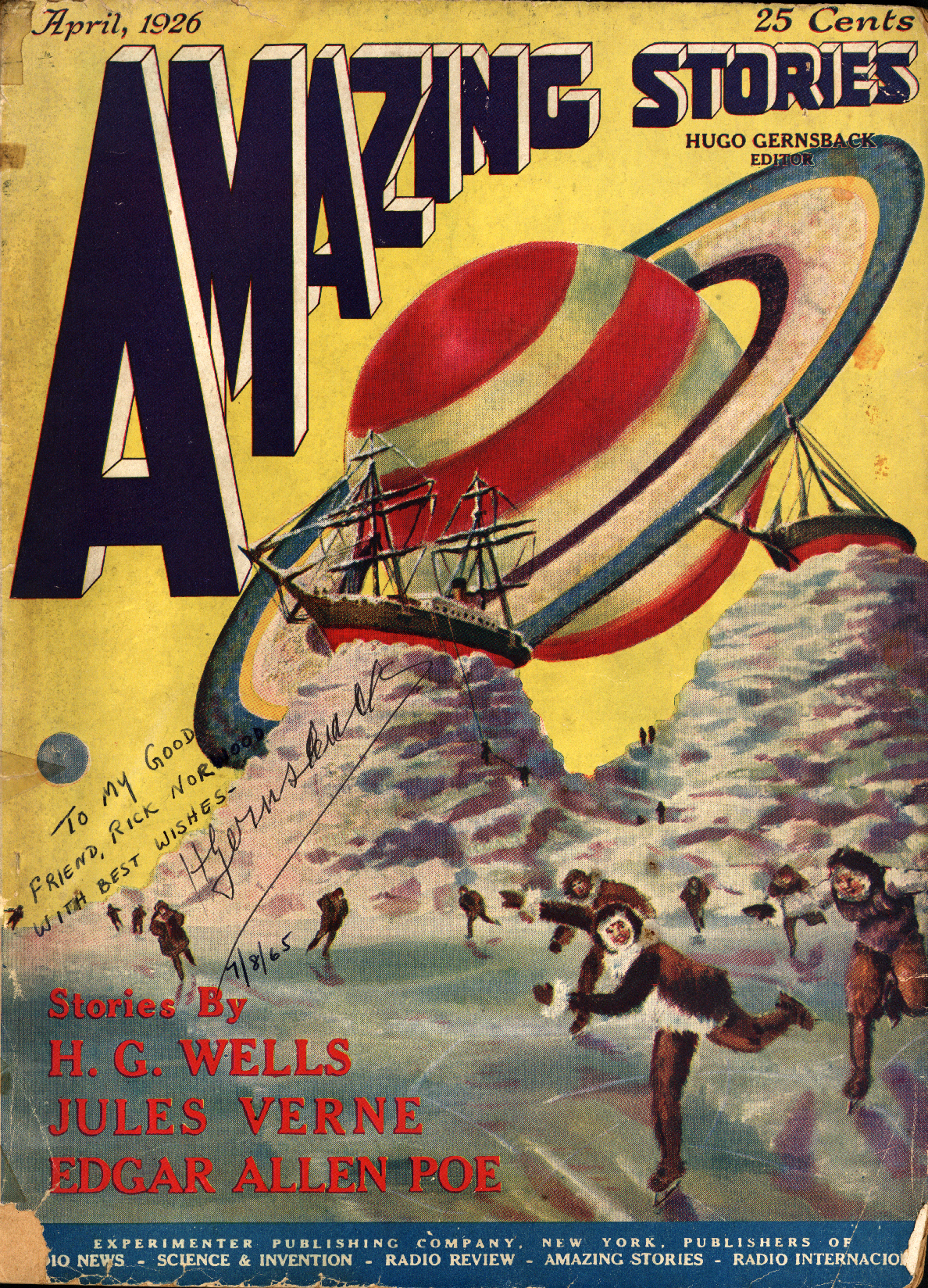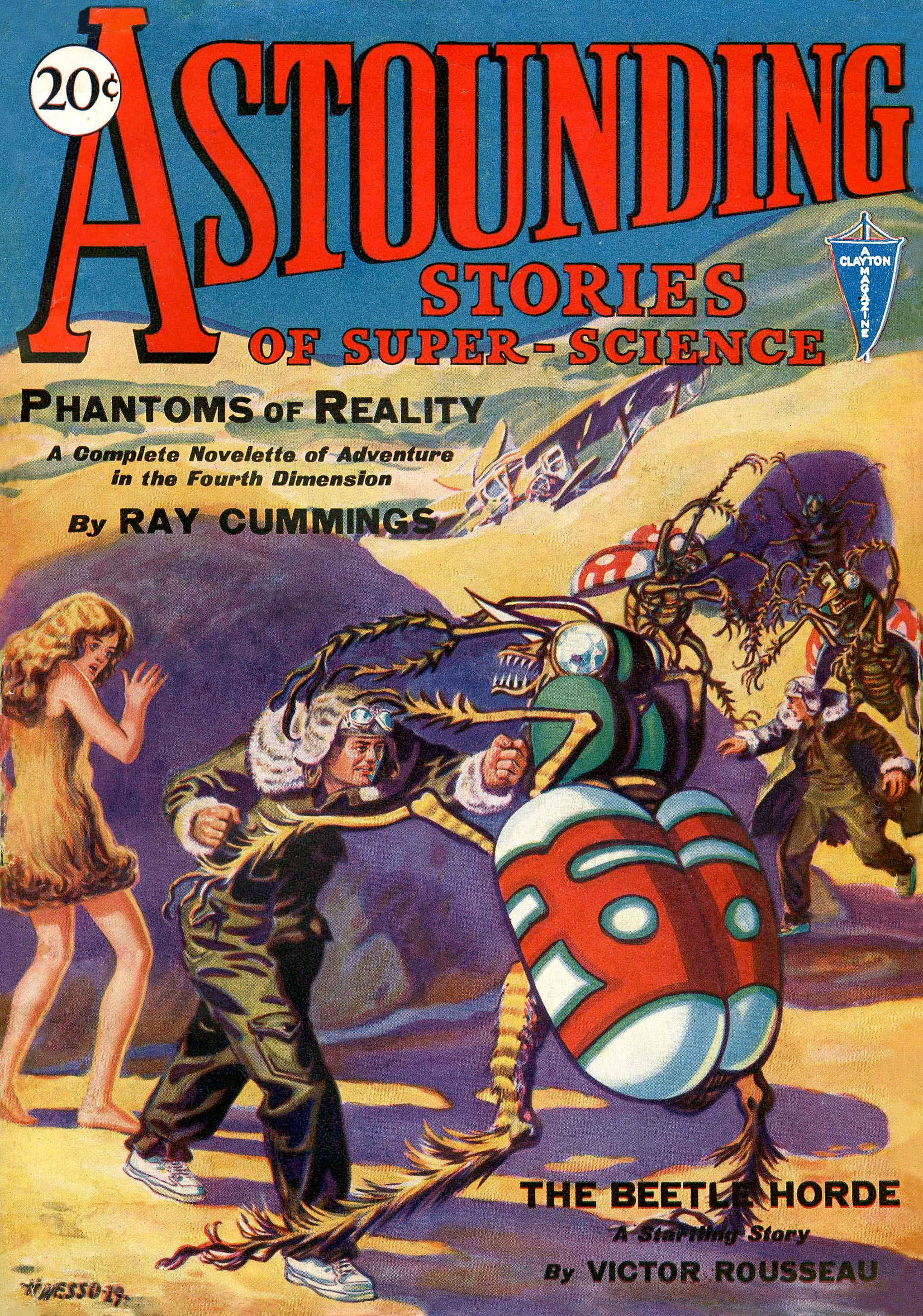|
Last Communion
''Last Communion'' is a novel by Nicholas Yermakov published in 1981. Plot summary ''Last Communion'' is a novel in which an alien invades a human mind. Reception Greg Costikyan reviewed ''Last Communion'' in '' Ares Magazine'' #12 and commented that "''Last Communion'' is not a bad novel, but a disappointing one. Yermakov remains an author to keep an eye on." Reviews *Review by Tom Staicar (1982) in Amazing Science Fiction Stories, March 1982 *Review by Tom Easton (1982) in Analog Science Fiction/Science Fact ''Analog Science Fiction and Fact'' is an American science fiction magazine published under various titles since 1930. Originally titled ''Astounding Stories of Super-Science'', the first issue was dated January 1930, published by William C ..., March 1, 1982 References {{reflist 1981 novels ... [...More Info...] [...Related Items...] OR: [Wikipedia] [Google] [Baidu] |
Nicholas Yermakov
Simon Hawke (born September 30, 1951) is an American author of mainly science fiction and fantasy novels. He was born Nicholas Valentin Yermakov, but began writing as Simon Hawke in 1984 and later changed his legal name to Hawke. He has also written near future adventure novels under the pen name J. D. Masters and a series of humorous mystery novels. He was the Colorado Writer of the Year, 1992. Career As Nicholas Yermakov (he is half-Russian), his early books were published in 1981-1984, including two ''Battlestar Galactica'' novelizations. Since re-launching his career as Simon Hawke in 1984, he has produced a large volume of lighter fiction. Almost all of his books published after 1984 have been either part of a series and/or tie-in novels and novelizations. His first major work as Simon Hawke was the '' Timewars'' series, which recounts the adventures of an organization tasked with protecting history from being changed by time travellers. In the world of the series, many p ... [...More Info...] [...Related Items...] OR: [Wikipedia] [Google] [Baidu] |
Greg Costikyan
Greg Costikyan (born July 22, 1959, in New York City), sometimes known under the pseudonym "Designer X", is an American game designer and science fiction writer. Costikyan's career spans nearly all extant genres of gaming, including: hex-based wargames, role-playing games, boardgames, card games, computer games, online games and mobile games. Several of his games have won Origins Awards. He co-founded Manifesto Games, now out of business, with Johnny Wilson in 2005. Personal life and education Greg Costikyan is the son of attorney and politician Edward N. and Frances (Holmgren) Costikyan. He and Warren Spector, a game designer, were friends since high school. He is a 1982 graduate (B.S.) of Brown University. (subscription required) He married Louise Disbrow (a securities analyst), September 4, 1986. They have three children. He is a frequent speaker at game industry events including the Game Developers Conference and E³. Career Greg Costikyan has been a game designer since th ... [...More Info...] [...Related Items...] OR: [Wikipedia] [Google] [Baidu] |
Ares (magazine)
''Ares'' was an American science fiction wargame magazine published by Simulations Publications, Inc. (SPI), and then TSR, Inc., between 1980 and 1984. In addition to the articles, each issue contained a wargame, complete with a foldout stiff paper map, a set of cardboard counters, and the rules. Publication history Simulations Publications, Inc. (SPI) began publishing ''Ares'' in 1980 as a science-fiction companion to ''Strategy & Tactics''.''Ares'' magazine was similar to ''Strategy & Tactics'', with a game every issue, but it focused on science-fiction and fantasy. SPI suffered financial problems and went into debt, and TSR bought the company and its assets in 1982. Shannon Appelcine stated that "TSR did very little with SPI's roleplaying games. ''Ares Magazine'' #12 (1982), which was prepared by SPI and published by TSR, included a game called 'Star Traders,' which was for use with ''Universe''; it was the last support for that game system ..As TSR turned further away fr ... [...More Info...] [...Related Items...] OR: [Wikipedia] [Google] [Baidu] |
Simulations Publications, Inc
A simulation is the imitation of the operation of a real-world process or system over time. Simulations require the use of models; the model represents the key characteristics or behaviors of the selected system or process, whereas the simulation represents the evolution of the model over time. Often, computers are used to execute the simulation. Simulation is used in many contexts, such as simulation of technology for performance tuning or optimizing, safety engineering, testing, training, education, and video games. Simulation is also used with scientific modelling of natural systems or human systems to gain insight into their functioning, as in economics. Simulation can be used to show the eventual real effects of alternative conditions and courses of action. Simulation is also used when the real system cannot be engaged, because it may not be accessible, or it may be dangerous or unacceptable to engage, or it is being designed but not yet built, or it may simply not e ... [...More Info...] [...Related Items...] OR: [Wikipedia] [Google] [Baidu] |
Amazing Science Fiction Stories
''Amazing Stories'' is an American science fiction magazine launched in April 1926 by Hugo Gernsback's Experimenter Publishing. It was the first magazine devoted solely to science fiction. Science fiction stories had made regular appearances in other magazines, including some published by Gernsback, but ''Amazing'' helped define and launch a new genre of pulp fiction. As of 2018, ''Amazing'' has been published, with some interruptions, for 92 years, going through a half-dozen owners and many editors as it struggled to be profitable. Gernsback was forced into bankruptcy and lost control of the magazine in 1929. In 1938 it was purchased by Ziff-Davis, who hired Raymond A. Palmer as editor. Palmer made the magazine successful though it was not regarded as a quality magazine within the science fiction community. In the late 1940s ''Amazing'' presented as fact stories about the Shaver Mystery, a lurid mythos that explained accidents and disaster as the work of robots named deros ... [...More Info...] [...Related Items...] OR: [Wikipedia] [Google] [Baidu] |
Analog Science Fiction/Science Fact
''Analog Science Fiction and Fact'' is an American science fiction magazine published under various titles since 1930. Originally titled ''Astounding Stories of Super-Science'', the first issue was dated January 1930, published by William Clayton, and edited by Harry Bates. Clayton went bankrupt in 1933 and the magazine was sold to Street & Smith. The new editor was F. Orlin Tremaine, who soon made ''Astounding'' the leading magazine in the nascent pulp science fiction field, publishing well-regarded stories such as Jack Williamson's '' Legion of Space'' and John W. Campbell's "Twilight". At the end of 1937, Campbell took over editorial duties under Tremaine's supervision, and the following year Tremaine was let go, giving Campbell more independence. Over the next few years Campbell published many stories that became classics in the field, including Isaac Asimov's ''Foundation'' series, A. E. van Vogt's ''Slan'', and several novels and stories by Robert A. Heinle ... [...More Info...] [...Related Items...] OR: [Wikipedia] [Google] [Baidu] |


